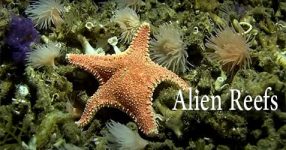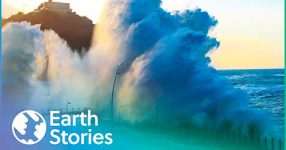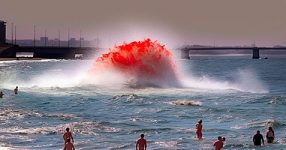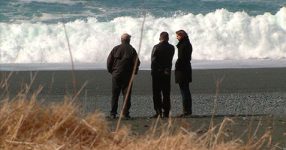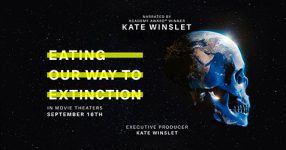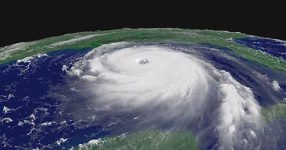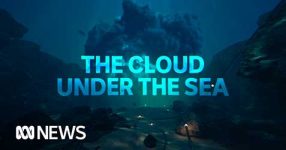The documentary “Changing Seas: Season 2” explores the challenges faced by the coral reefs in the Florida Keys, a renowned fishing and diving destination. As the third-largest barrier reef globally, it sustains a $6 billion annual economy. However, the increasing regional population of around 7 million people poses a significant threat to its health. The decline of coral reefs, crucial for the state’s fishing industry, prompts scientists to study and understand the status of exploited species like Snappers and groupers.
In Dry Tortugas National Park, skilled science divers employ a unique method to collect data, spending one to two weeks at sea on a chartered liveaboard. The goal is to estimate fish abundances, with a focus on commercially important species. The collected data, processed by multiple agencies, aims to provide insights into the health of coral fish communities and inform future fisheries management decisions for the benefit of both marine life and future generations.
Impact of Human Activity
The expansion of Florida’s population since the 20th century has intensified the pressure on marine resources. The surge in fishing activities, especially post-World War II, has significantly impacted the marine ecosystem. The documentary highlights the importance of Marine Protected Areas (MPAs) in mitigating these impacts. By comparing fish populations inside and outside these areas over time, scientists aim to understand the effectiveness of conservation efforts and anticipate potential positive shifts in both abundance and diversity.
The film underlines the need for sustainable practices and informed decisions to preserve the delicate balance of marine ecosystems. The health of these underwater habitats is crucial not only for the fishing industry but also for the overall well-being of the oceans and their diverse inhabitants.
Dolphin Health and Pollution
Shifting its focus, the documentary delves into the health of resident dolphins, particularly in the Miami area. Researchers express concern about the vulnerability of marine mammals to pollutants, emphasizing the bioaccumulation of contaminants in their bodies. The study reveals the presence of antibiotic-resistant bacteria, raising questions about the impact of human activities, such as sewage runoff, on dolphin health.
To assess dolphin health, researchers conduct comprehensive physical exams, collecting blood, fluid, urine, and tissue samples. The documentary emphasizes the interconnectedness of marine and human health, as contaminants originating from human activities pose risks to both populations. The urgency to address these issues becomes apparent, emphasizing the need for conservation initiatives and public awareness to protect marine life and the well-being of coastal communities.
Seagrasses and Mangroves
Underscoring the often-overlooked significance of seagrasses, the documentary sheds light on these “Rodney Dangerfield” ecosystems. Seagrasses play a crucial role in coastal marine ecosystems, offering biodiversity hotspots and serving as protective habitats. Researchers discuss the importance of monitoring seagrass habitats, which, when combined with mangroves, provide essential ecosystem services, prevent erosion, and support marine life.
By employing advanced techniques such as photo ID catalogs and GPS tracking, scientists gain valuable insights into the growth and movement patterns of seagrasses. The documentary emphasizes the ecological value of seagrasses, advocating for their recognition and protection to ensure the stability of coastal ecosystems.
Artificial Reefs: Vandenberg’s Final Resting Place
The documentary concludes with the story of the USNS Vandenberg, a World War II ship repurposed as an artificial reef in the Florida Keys National Marine Sanctuary. Delving into the history of the Vandenberg, from its wartime service to its abandonment and subsequent transformation into an artificial reef, the film highlights the positive impact of such projects on marine life and diving tourism.
The sinking of the Vandenberg marks its final resting place, contributing to the unique underwater landscape known as the Florida Keys Rec Trek. The documentary “Changing Seas: Season 2” acknowledges the economic benefits of artificial reefs while prompting considerations about their effectiveness in relieving pressure on natural reef sites. The closing scenes inspire reflection on the delicate balance between conservation efforts and human activities, emphasizing the importance of responsible environmental stewardship for the oceans and their diverse ecosystems.


